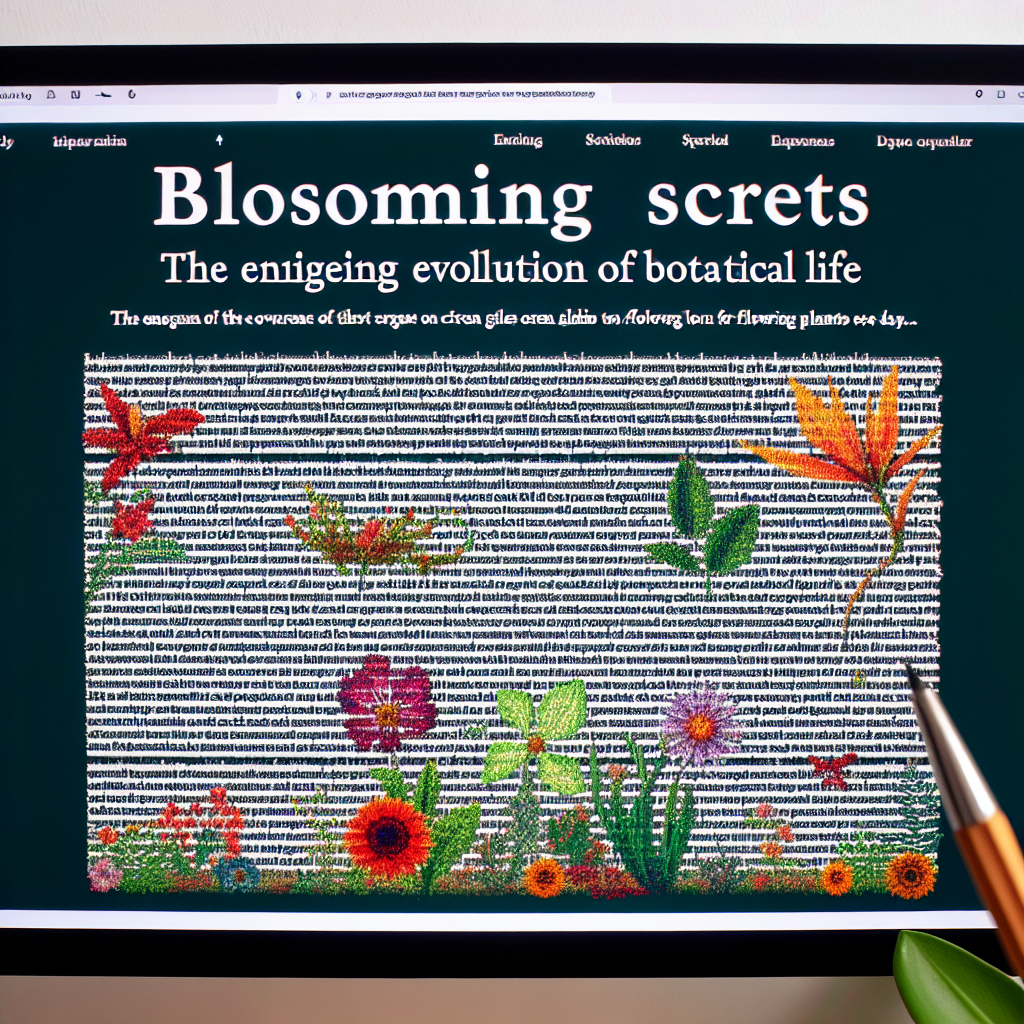The art of carpet weaving is as old as civilization itself and Turkey stands at the helm of this extraordinary craftsmanship. A painstakingly labor-intensive process, Turkish carpet making is more than just creating a functional item; it’s a symbol of cultural identity, a testament to historical continuity, and a rich visual storytelling technique.
The journey of a Turkish carpet begins in rural areas, where sheep are reared for their wool. Here, the women spin the wool into fine threads, the foundation of every authentic carpet. Then, the threads are dyed using both synthetic and natural dyes, the latter derived from insects, roots, and plants to achieve incredibly vibrant hues.
A traditional Turkish carpet, or ‘Halı,’ is marked by characteristic patterns, motifs, and colors that differentiate each work based on its region of origin. The symbols woven onto these carpets carried the desires, beliefs, and hopes of the weavers, often women. Every intricate symbol has a profound meaning, from protection against evil to aspirations for fertility or abundance.
An authentic Turkish carpet is distinguishable by its knotting technique. The main technique used is the double knot, also known as the Turkish knot, which gives the carpets an added weight and durability. This method involves looping the thread around two adjacent warp threads.
However, this mesmerizing art form is under threat from commercialization. Machine-made carpets, easier to produce and cheaper to buy, are pacing ahead of the time-consuming hand-woven magic. Nevertheless, there is an inimitable charm about hand-woven carpets, where each knot connects to a part of history.
In the face of this, it is promising to note that there are many initiatives taken by Turkish locals and the government to keep this tradition alive. Strategies such as employing women from rural communities and concerted efforts toward tourism help support the sales of these exquisite works of art.
In conclusion, each Turkish carpet encapsulates timeless stories and a unique heritage. More than just a decorative home item, the art of Turkish carpet weaving is a testament to centuries of culture and incredible craftsmanship- a true embodiment of the heart and soul of Turkey.
Title: Captivating Tango: Dance of Passion and Precision
From the heart of Buenos Aires, a dance was born that would sweep the world off its feet – the sultry and passionate Tango. Rebellious and intoxicating, Tango is an astounding display of grace, control, and shared intimacy; it’s not just a dance but a language conveying intense emotions.
Emerging in the 19th century among the poor immigrant communities in Buenos Aires, Tango was initially a dance of despair and unfulfilled love, performed in the dark corners of dance halls and brothels. However, it gradually ascended to high-class ballrooms and then into the hearts of thousands across the globe.
Tango goes beyond simple rhythmic patterns; it’s a dialogue between partners, moving in synchrony. Its distinct postures and techniques set it apart – the embrace that can be open or close, the spectacular footwork known as ‘gancho,’ and the heart-stopping ‘parada’ where the follower steps over the leader’s extended foot.
In the world of Tango, the music is just as crucial as the dance itself. The melody, usually produced by a quartet of bandoneón, violin, piano, and bass, sets a melancholic, passionate mood, sometimes intertwined with powerful bursts of joy.
The dance has also evolved over the years, encompassing various forms like Tango Nuevo – noted for innovation and freedom in movement, and Tango Canyengue – characterized by its playful steps.
Despite its evolution through ages, the essence of Tango remains the same-at its core, it is still a passionate art form that transcends physicality; it’s an intimate language that allows dancers to express themselves in ways words cannot articulate, coalescing two bodies and souls into a powerful dance of desire and discipline.
Today, Tango enjoys worldwide recognition as a symbol of Argentinian culture and identity, and rightfully so, as it is the dance that has made many hearts across the globe skip a beat.
In essence, Tango is far more than a dance; it’s a testament to human connection, desire, and profound communication, painting a powerful portrait of passion and precision.

Leave a Reply